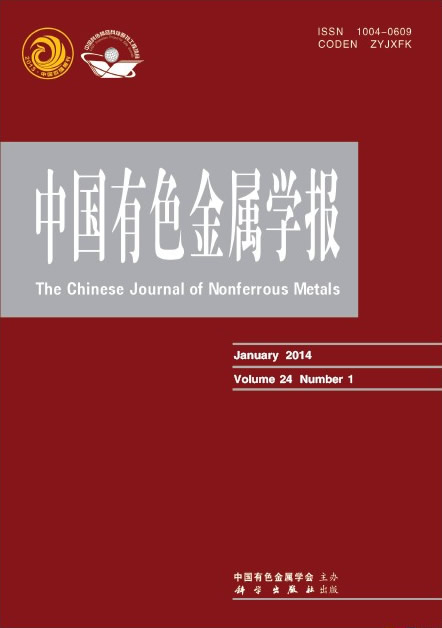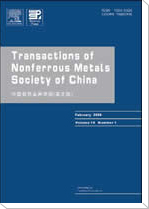(1. 湖南省地质调查院,长沙 410116;
2. 中南大学 有色金属成矿预测与地质环境监测教育部重点实验室,长沙 410083;
3. 湖南黄金集团有限公司,长沙 410129;
4. 国土资源评价与利用湖南省重点实验室,长沙 410116;
5. 昆明理工大学 国土资源工程学院,昆明 650093)
摘 要: 平滩白钨矿床位于南岭西段的苗儿山-越城岭岩体西部,为一新发现的形成于加里东期的矿床。对平滩钨矿床中的含钨石英脉进行了流体包裹体的研究,依据矿物共生组合以及石英脉的穿插关系将其成矿过程划分为两个阶段:石英-白钨矿阶段(Ⅰ)和石英-硫化物阶段(Ⅱ)。从第Ⅰ阶段到第Ⅱ阶段,均一温度从260~380 ℃明显降低到240~300 ℃,其盐度也呈明显下降趋势(平均盐度分别为11.26% NaCleqv和8.61% NaCleqv)。激光拉曼成分分析结果显示,第Ⅰ阶段的流体包裹体中含有CO2、CH4和N2等气相成分,明显区别于第Ⅱ阶段。第Ⅰ阶段中一定比例的含子晶流体包裹体以及各阶段石英脉中金属硫化物的δ34S组成为(-0.491×10-3~+2.065×10-3),平均为+0.496×10-3,表明其成矿流体来自于岩浆水。引起钨矿质沉淀的主要原因为成矿流体的沸腾作用;平滩钨矿主要为源自于地壳重熔的岩浆经高度的分异演化后,富含钨矿质的岩浆热液经历了沸腾作用所形成。
关键字: 平滩白钨矿床;加里东期成矿;流体包裹体;S同位素;沸腾作用;成矿机制
(1. Hunan Institute of Geological Survey, Changsha 410116, China;
2. Key Laboratory of Metallogenic Prediction of Nonferrous Metals and Geological Environment Monitoring, Ministry of Education, Central South University, Changsha 410083, China;
3. Hunan Gold Group Co., LTD., 410129;
4. Hunan Key Laboratory of Land Resources Evaluation and Utilization, Changsha 410007, China;
5. Faculty of Land Resource Engineering, Kunming University of Science and Technology, Kunming 650093, China)
Abstract:Pingtan deposit, situated in the northwest part of the Miao’ershan granite batholith (western Nanling Range), is a newly-discovered Caledonian W-(Mo) deposit. Its mineralization can be divided into two stages, namely quartz-scheelite stage (Ⅰ) and quartz-sulfide stage (Ⅱ). The homogenization temperatures (260-380 ℃ for Stage Ⅰ and 240-300 ℃ for Stage Ⅱ) and the average salinities (11.26% NaCleqv for Stage Ⅰ and 8.61% NaCleqv for Stage Ⅱ) show significant decreasing trends from early to late. Raman spectroscopy reveals that the fluid inclusions in stage Ⅰ contain CO2, CH4, and N2, whilst those in stage Ⅱ mainly contain H2O. A proportion of daughter mineral-bearing inclusions discovered in quartz veins of stage Ⅰ and the sulfur isotopes from sulfides (-0.49×10-3-+2.06×10-3, +0.50×10-3 for the average) imply that the ore-forming fluid is originated from magmatic fluids. Therefore it can be concluded that the ore-forming material in Pingtan deposit is derived from the partial melting of crustal which experiences highly fractionated, and the effective metallogenic mechanism of the deposits might be fluid boiling.
Key words: Pingtan scheelite deposit; Caledonian mineralization; fluid inclusions; S isotopes; fluid boiling; metallogenic mechanism


